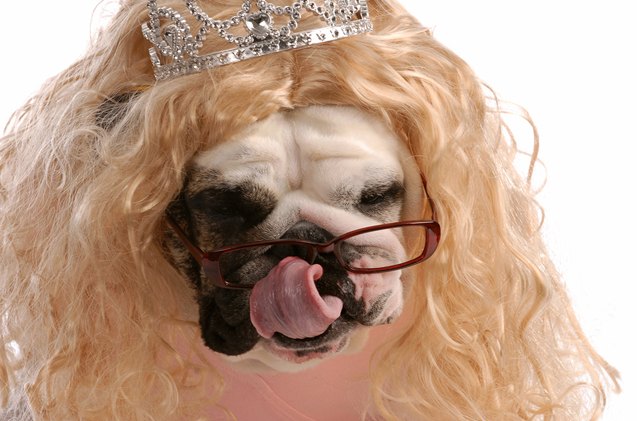The Hideous Truth About Dog Plastic Surgery

For centuries, humans have been altering their bodies surgically to improve their appearance and to boost their self-esteem. These procedures can be exorbitant and, in most cases, they don’t provide any real benefits. In recent years, pet owners have begun to subject their dogs to extreme surgical procedures intended to provide these same aesthetic benefits. From nose jobs to testicular implants, how far are pet owners willing to go to have a “beautiful” dog?
History of Dog Plastic Surgery
Surgical alterations for dogs are nothing new. For centuries, humans have docked the tails of certain breeds of dogs for both cosmetic and practical purposes. Certain breeds of working dog like the German Shorthaired Pointer have long been subjected to tail docking because a long tail posed a potential hazard – the dog could be seized by the tail in a fight or the tail could be injured while the dog chases its quarry through the underbrush. There are other breeds, however, for which tail docking has become common simply as a means of conforming to the breed’s standard for appearance. Some countries, such as the United Kingdom, Australia, the Netherlands and Italy, have banned tail docking completely.
Related: The Basics About Tail Docking in Dogs
Another form of surgical alteration to which dogs are frequently exposed is ear cropping. Ear cropping is a procedure that involves removing part or all of the external flap of the ear which results in a pointed, prick ear. This procedure is commonly used for Pitbulls, Doberman Pinschers, Boxers, and Great Danes. Traditionally, this procedure was inflicted upon breeds used for dogfighting or bear-baiting because a natural ear could be grabbed and torn. Within the last 100 years or so, however, ear cropping has largely become a cosmetic procedure with no real benefits. This procedure is illegal in most European countries, though it is still commonplace in the United States and Canada.
New Cosmetic Surgery Procedures for Dogs
In recent years, dog owners in the United States have been subjecting their dogs to several new cosmetic procedures. In many cases, these procedures provide no real benefit – they simply serve to enhance the appearance of the dog for the owner’s benefit. For example, testicular implants (called neuticles) can be implanted in neutered dogs to restore their natural, unaltered appearance. Canine breast reductions and tummy tucks can remove sagging skin resulting from a pregnancy or weight loss. Eye replacement procedures can fill the empty sockets resulting from damaged or diseased eyes.
Related: Does Your Dog Have The Balls For Neuticles?
Though some plastic surgery options for dogs serve no real purpose other than to enhance the dog’s appearance, some procedures are done with the dog’s best interest in mind. Canine rhinoplasty, for example, can help to correct breathing problems in short-faced breeds like Bulldogs and Pugs. Doggy facelifts can remove sagging folds of skin from the face of certain breeds which may impact the dog’s sight and breathing. In many cases, however, one must question whether the pain and suffering of both the procedure and the recovery period are truly worth it. Many animal rights groups equate canine plastic surgery with animal cruelty, especially when it is only performed for the owner’s benefit.
Let’s get real – unless the procedure can save your dog’s life, chances are he doesn’t need to go through the pain of a cosmetic procedure. Dogs don’t care if they’ve got a bit of extra skin or don’t have real balls. Your dog looks perfect… just the way he is!

Kate Barrington is the loving owner of two cats (Bagel and Munchkin) and a noisy herd of guinea pigs. Having grown up with golden retrievers, Kate has a great deal of experience with dogs but labels herself a lover of all pets. Having received a Bachelor's degree in English, Kate has combined her love for pets and her passion for writing to create her own freelance writing business, specializing in the pet niche.
More by Kate Barrington























